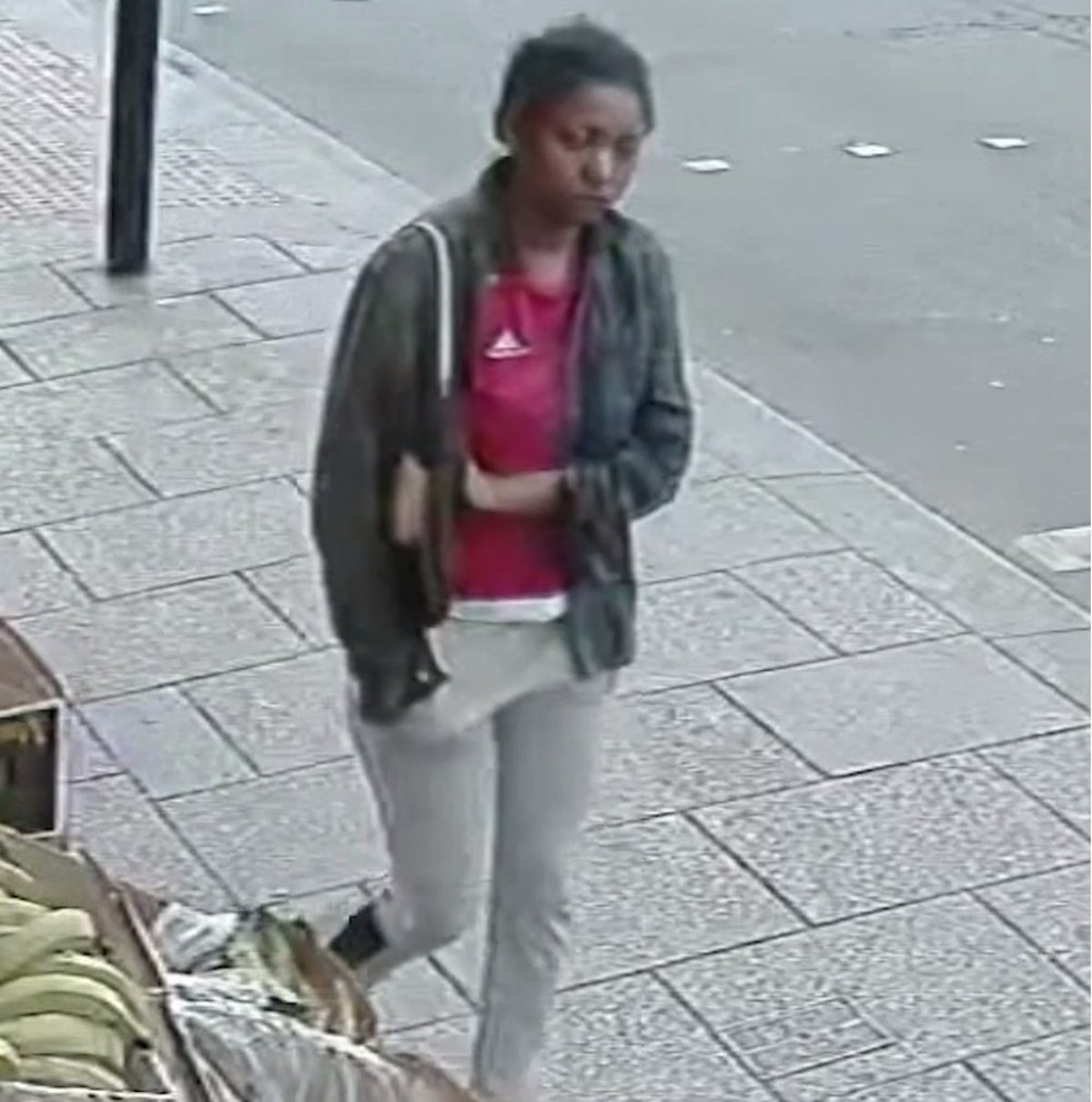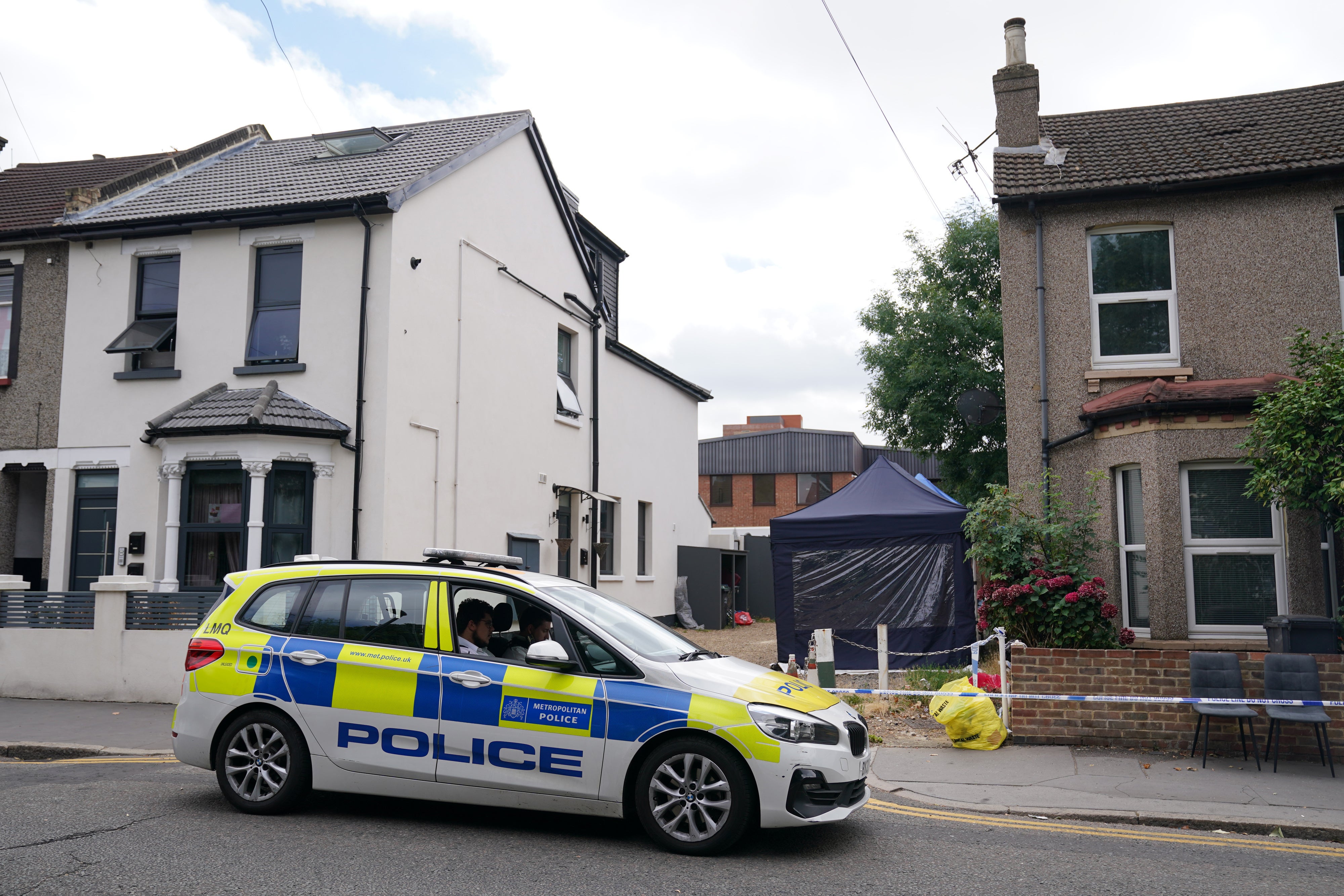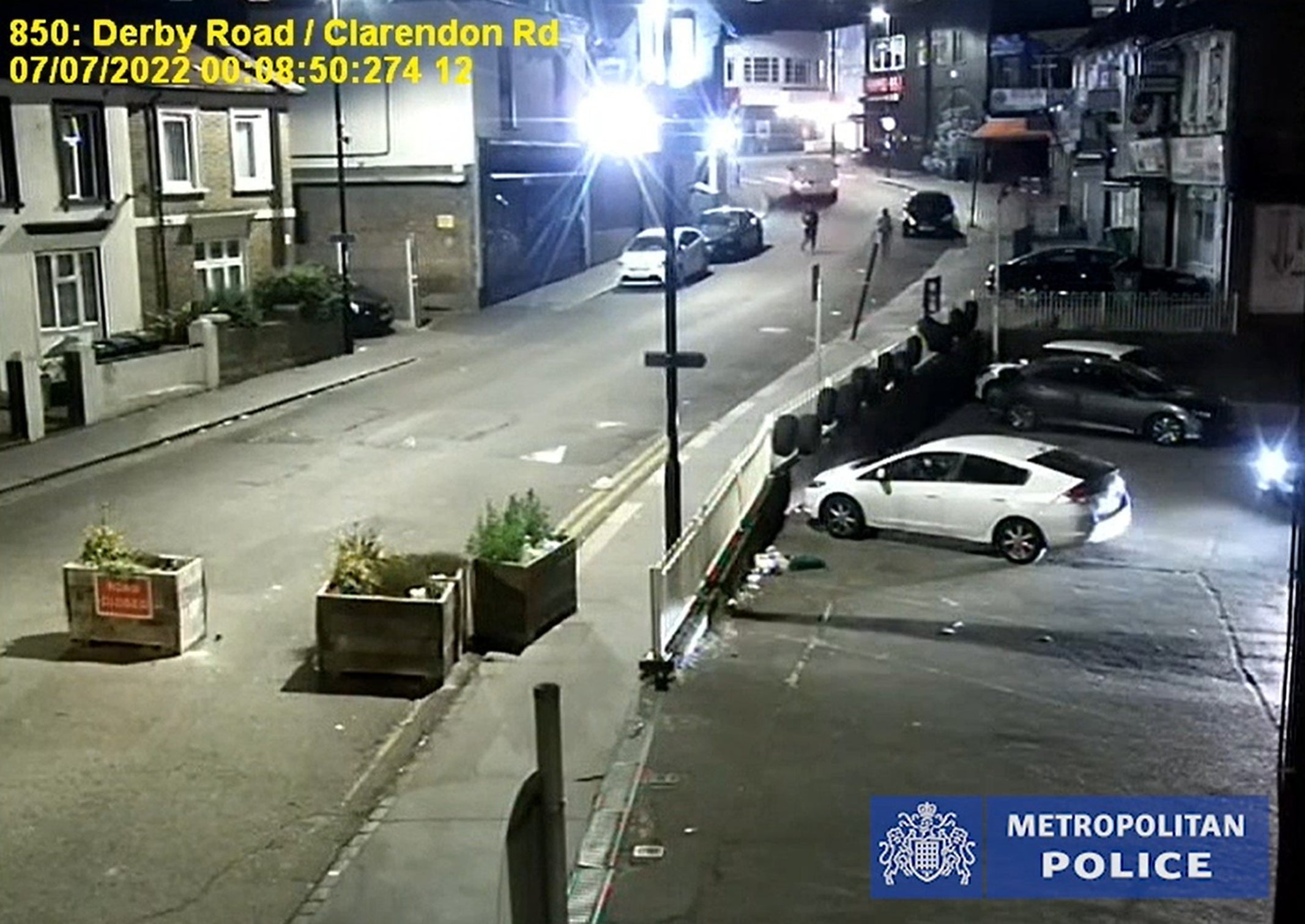
The police watchdog is considering whether to investigate Scotland Yard after officers came into contact with a student nurse who had been reported missing.
Owami Davies, 24, from Grays, Essex, left her family home on July 4 and was last seen just after midnight in Derby Road, West Croydon, south London, on July 7, but has not been found.
Ms Davies’s family reported her missing to Essex Police on July 6 and the force handed the investigation to the Metropolitan Police on July 23.
On Saturday, the Met revealed its officers had spoken to Ms Davies on July 6.

In a statement, the force said officers were called to an address in Clarendon Road, Croydon, to concerns over the welfare of a woman.
Police attended and called the London Ambulance Service before speaking to the woman.
However, she told them she did not want help and left the address before the ambulance service could attend.
Ms Owami had not been marked as a missing person on the police database at the time.
The Met only later established that the woman was Ms Davies as a result of their missing person investigation.
The force said its professional standards body was consulted and is not investigating the officers.
But it said the Independent Office for Police Conduct (IOPC) had requested the matter is referred to it.
In a statement, Scotland Yard said: “The Met’s Directorate of Professional Standards (DPS) were consulted and as there has been contact with police, the IOPC were informed.
“The IOPC has requested the matter be referred to them.

“The officers are not subject to any current investigation by the DPS.
“The interaction recorded on the officers’ body-worn video has been viewed by members of the Independent Advisory Group and Owami’s family to ensure openness and transparency.”
The IOPC said in a statement: “We can confirm that we received a referral on August 5 from the Metropolitan Police Service in relation to contact officers had with Owami Davies in Croydon on July 6, after she had been reported missing to Essex Police.
“We are currently assessing the available information to determine what further action may be required.”
The Met has issued several appeals for information over Ms Davies’s whereabouts and arrested five people – two on suspicion of murder and three on suspicion of kidnap – who were all later released on bail.
The force issued a fresh appeal at the beginning of this week, saying Ms Davies could be in Croydon and “in need of help”.

On Thursday, British Transport Police (BTP) tweeted that the 24-year-old could still regularly be taking trains, may appear dazed or confused and may be seeking to engage with women travelling alone.
BTP wrote: “We know Owami Davies, 24, regularly uses the rail and tube network to travel from #Grays, Essex to the #Croydon area. Often via #WestHam and #WestCroydon stations. @metpoliceuk are looking at dates from 7th July 2022 onwards.
“Owami may still be regularly travelling by rail in a vulnerable state, appearing dazed or confused and possibly seeking to engage with other lone female travellers.”
The Met added: “Owami has been depressed and in the absence of her medication may use alcohol to relieve her depression.”
Essex Police said in a statement that after beginning the missing persons investigation, “it became clear a significant number of inquiries to locate Owami were in London and so the investigation to find her was formally transferred to the Met on July 23”.
The force explained: “When someone is reported missing, an assessment is carried out to identify the risk of that person coming to harm, including age, current mental health, and information about their vulnerability to being exploited.
“This risk is regularly reviewed through the investigation.
“A media appeal is often not the first investigative tool an officer leading the search will look at, and a decision about if and when to release an appeal to the media can be impacted on what other investigative lines of inquiry are available, and the wishes of the family.
“Issuing someone’s picture and stating publicly that they are missing does, just by the fact they are publicised as missing, indicate that person has a vulnerability.
“If we are able to locate someone without exposing them, and that vulnerability, to that level of public scrutiny then we try and do so.
“However, this is also balanced with the identified immediate risk to that person’s welfare.”







